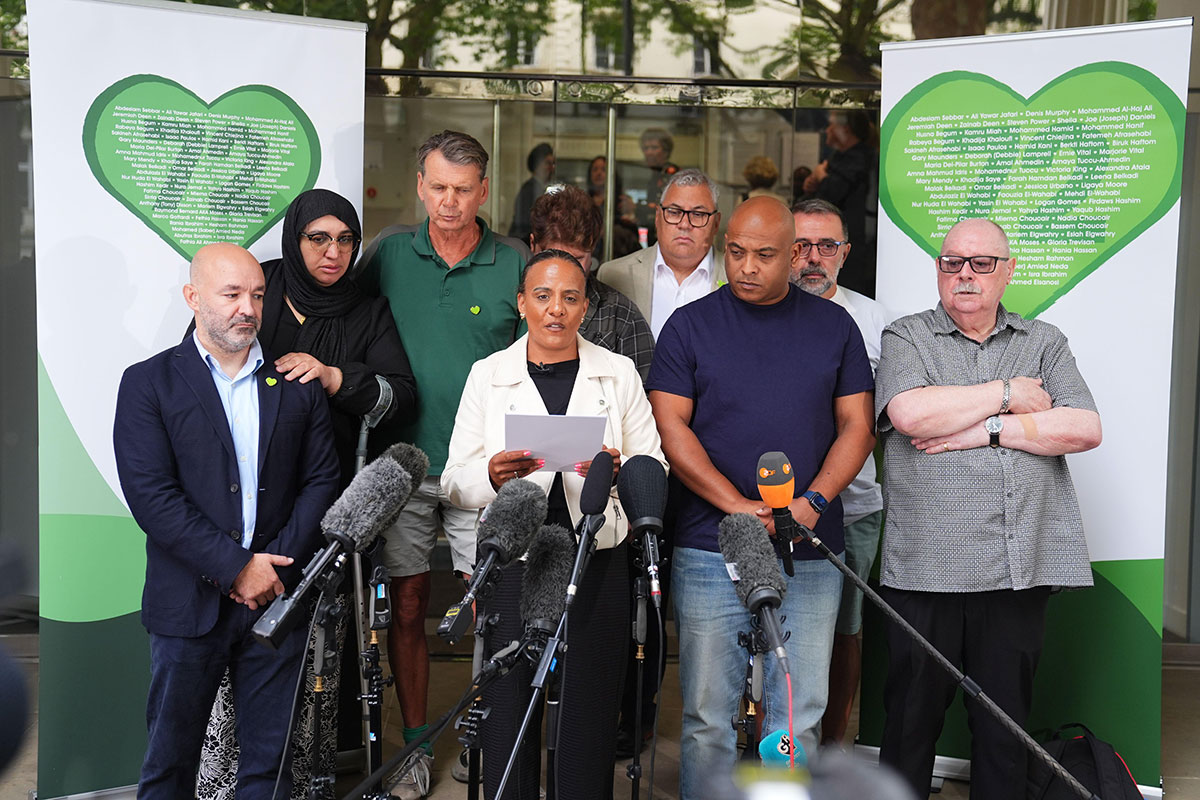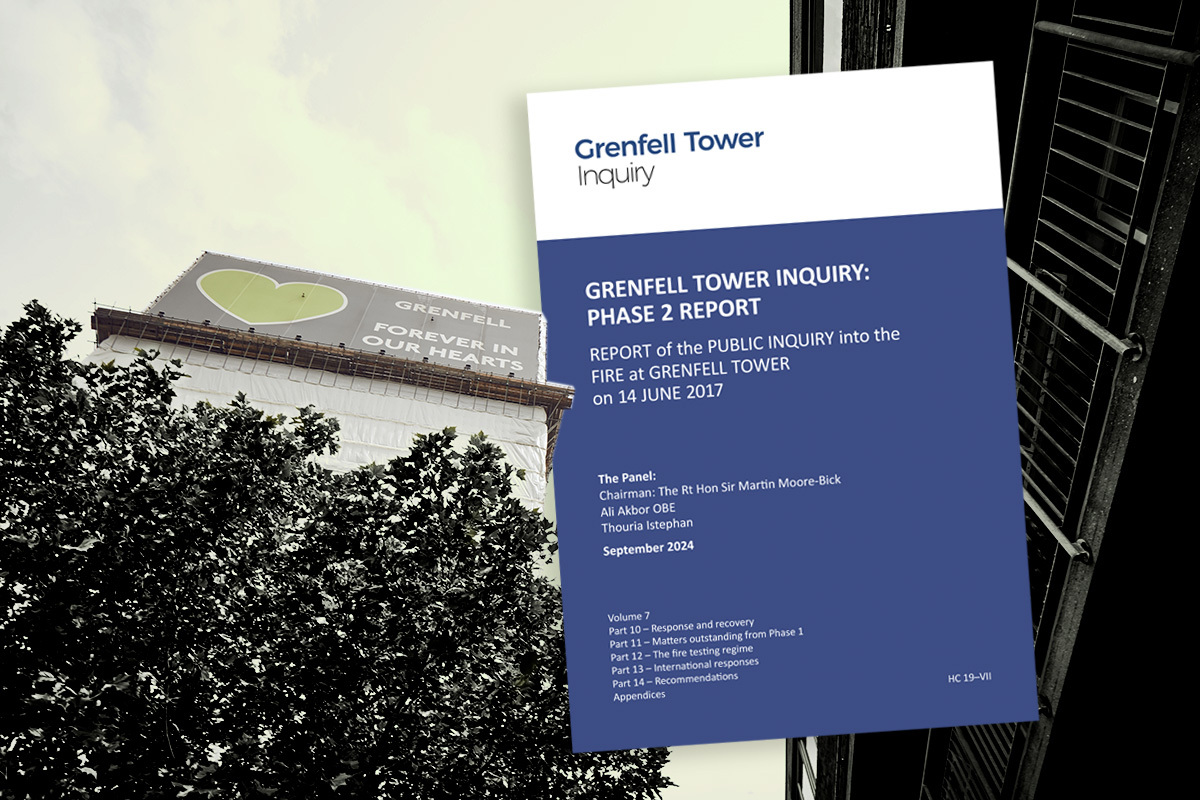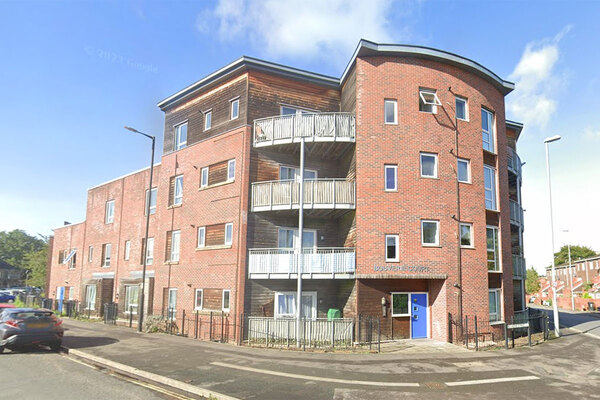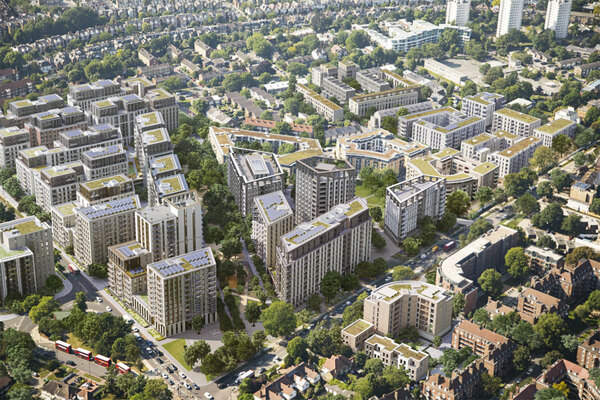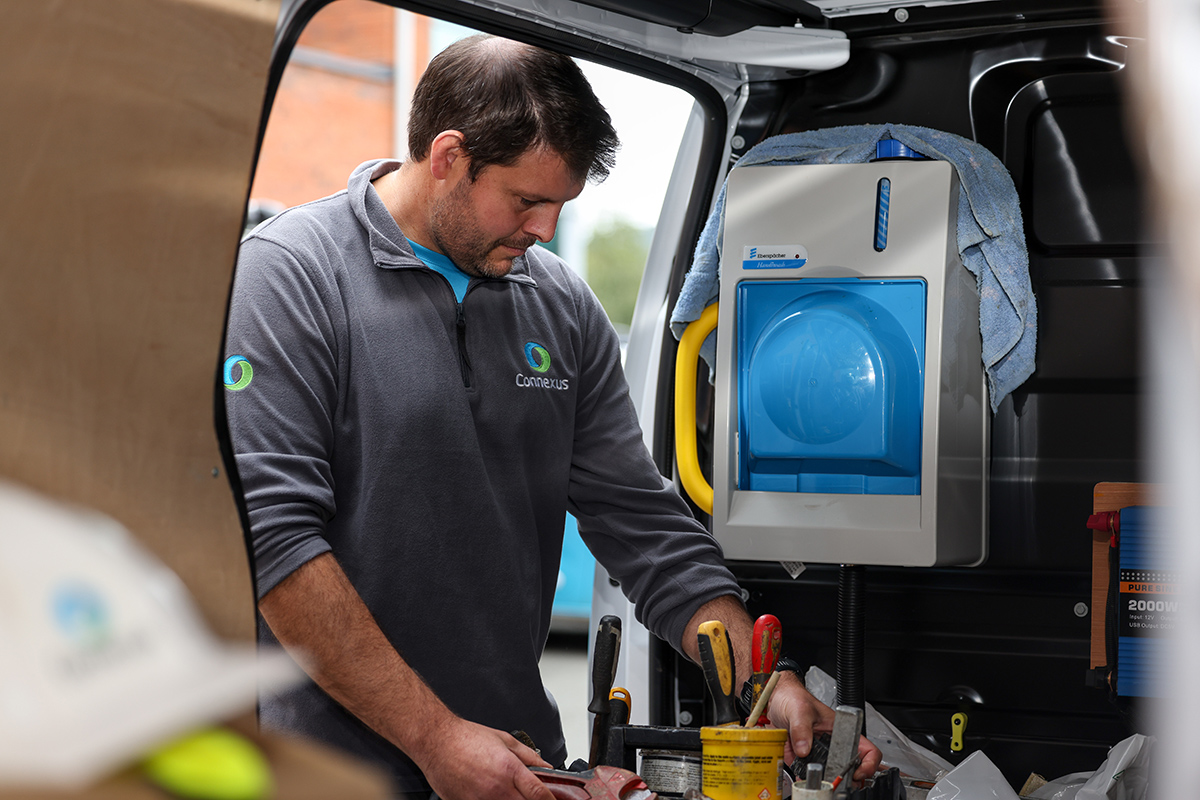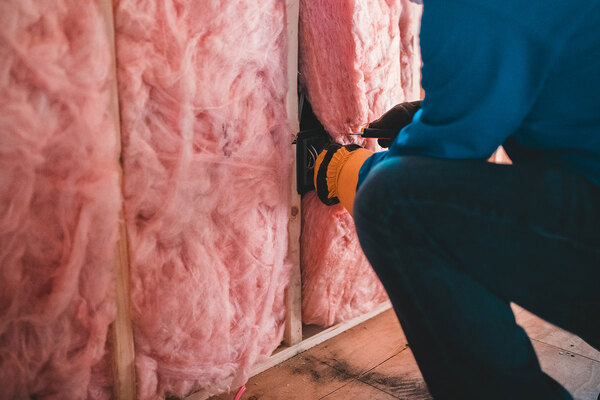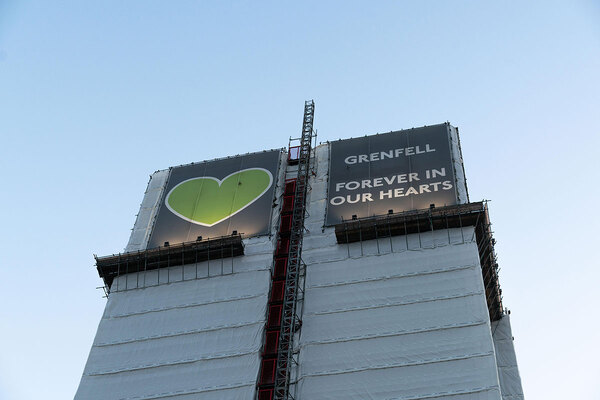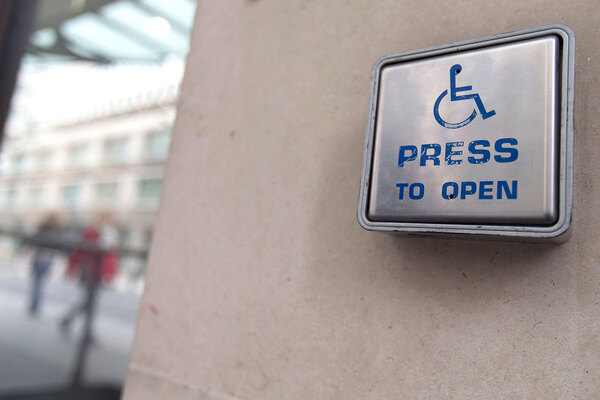You are viewing 1 of your 1 free articles
Grenfell showed the dangers of cutting corners in development – we need a new architectural framework
New measures are needed to prevent Grenfell-style shortcuts, say Diana Osmólska and Alan Lewis of the architecture department at the University of Manchester
Much ink has been spilled chronicling the catalogue of errors that led to the Grenfell disaster.
The recently published final report from the inquiry set out in detail the chain of failures which culminated in the tragedy of June 2017, from the misuse and mis-categorisation of combustible cladding materials to a continued failure to enforce fire safety and compartmentation measures.
A number of measures, ranging from the Building Safety Act 2022 to a host of new fire safety rules, have been implemented since, and landlords and developers around the country have invested millions into completing extensive remediation works to remove the type of cladding that allowed the fire to spread.
However, errors in the construction industry remain a major problem in the UK, accounting for 10%-25% of project costs and for £10bn-£25bn annually. Such retroactive measures will only go so far without a concerted attempt to understand why such mistakes occur in the first place.
Identifying this was a driving factor behind our recent study: Architects’ use of intuition in site analysis: Information gathering in solution development. Through the qualitative analysis of data collected from in-depth interviews with over 20 subjects, we sought to explore how the way in which architects approach problems can lead to shortcuts being taken in building design.
One key finding was that building designers can sometimes make mistakes by reusing what worked in previous projects without actually checking if it is still the best approach. This is often driven by ‘intuitive substitution’, a thought process through which an individual replaces a difficult question with one where an answer can be reached more easily.
“Building designers can sometimes make mistakes by reusing what worked in previous projects without actually checking if it is still the best approach”
For example, when faced with a new problem, designers may turn to a method that has worked in a previous project instead of carefully analysing each new issue based on its individual merits. This allows the individual to derive a feeling of being correct, as they’re using a proven method. Yet it’s impossible to guarantee that their solution will work without testing it rigorously.
Examples of this can be found throughout the Grenfell Tower Inquiry, such as when assumptions were made that cladding panels that were used successfully on other projects would be a suitable option for Grenfell. However, it subsequently transpired that the building’s height and the combination of cladding materials used rendered them not fit for purpose – issues that would have been easily identified by a more stringent approach to solution testing.
Another shortcut is ‘intuitive outsourcing’, which happens when architects rely on other professionals for information and fail to implement their own checks. Our findings showed us that once a solution is established during the design process, it is naturally considered as the best option until something prompts a sense of doubt. As a result, there is often little impetus to gather information beyond what is required to justify the solution in place.
In practice – as occurred during the construction of Grenfell Tower – this can cause architects to over-rely on the opinions of subcontractors to specify the right materials without verifying them. Through intuitive outsourcing, designers developed a false sense of security in their solutions and failed to consider further information received from engineers.
“Through intuitive outsourcing, designers developed a false sense of security in their solutions and failed to consider further information received from engineers”
Of course, this is not to pass the blame onto architects and building designers. A key finding of our work is that interviewees were often operating under significant cost and time pressures, which encourage the use of shortcuts and can cause due process to be neglected.
Similarly, it’s worth noting that it’s rare for an architect to be operating with complete information transparency. In some cases, our findings showed that a temporary lack of information led to ’satisfying for now’ solutions being implemented. The sense of rightness this imparts causes confidence in their suitability which grows as time progresses, meaning that they often go unaddressed.
Finally, it’s also necessary to address how internal hierarchies within the design process can have a negative impact. One respondent outlined their perceived inability to challenge mistakes made by a senior colleague through fear of affecting their career progression, hammering home the need for a rethink when it comes to how we assess and report errors in construction.
It’s important to note that a lot of smart design decisions are based on shortcuts, underpinned by expertise and experience that leads to informed, quick and effective responses. However, with an ill-informed choice bringing the potential for serious consequences, we think it’s important to open up the conversation about where we derive feelings of rightness, and how we can hold these choices to account.
Addressing this will require architects and designers to develop a more acute understanding of their own decision-making processes, allowing them to better challenge both their and their colleagues’ thinking and develop a more rigorous approach to solution testing.
Opening up conversation around the topic may shed light on some uncomfortable truths but will be a necessity if we are to truly ensure that what happened at Grenfell can never happen again.
Diana Osmólska, lecturer in architectural studies, and Alan Lewis, head of architecture, University of Manchester
Sign up for our fire safety newsletter
Already have an account? Click here to manage your newsletters


